Why we need human-centred design right now
Q&A with Sophie Fenton
It's an interesting time right now for the design and build of fit for purpose environments, as the pandemic has disrupted places of work and places of learning in equal measure.
For workplaces, the shift to remote work has completely thrown into question the pre-COVID 'rules of thumb' on office space requirements. Amicus has now assisted a string of organisations to consolidate their real estate and save significant costs. A similar journey is occurring for schools and universities, where there has been a dual catalyst for change with shifts to remote work and remote learning.
In both worlds, two barriers to change have been broken down: the barrier of comfort zones, (since 'remote everything' has been experienced and normalised), and the barrier of technology, (as schools and workplaces alike have rapidly advanced their technological capability and fluency by necessity). We have found that each organisation is charting its own timetable to define their 'new normal'.
A top priority for us here at Amicus has been to have the right team available to pull all aspects of post-COVID spaces together - the space design, the technology, and the new 'ways of working and learning' that people will embrace. With that in mind, we're delighted to announce the new addition of Sophie Fenton to our workplace and education strategy team.
Sophie's background and credentials are second to none. She describes herself as a ‘human-centred designer'. Her career had a literally award-winning start as a school teacher, and when she realised that schools need to change, she started one herself! Now drawing on her expertise in change and learning, she has joined Amicus to tailor new environments through co-design and strategic visioning.
And what about the technological overlay to environments? She has that covered too - Sophie is currently undertaking a PhD investigating human-centred design for a world of emerging technologies.

Our very own Steve Collis, Head of Workplace Strategy, caught up with Sophie to discuss the current challenges we're seeing in workplaces and places of learning, and to explore how the key to both can be found in the principles of human-centred design.
Sophie, what is Human Centred Design (HcD)
It’s basically an approach to innovation that involves the human perspective at every stage. Importantly, this way of designing starts from a place of empathy. It is about putting yourself in the mindset of others, understanding the real needs of people and the possibilities of moving forward in any given context, then developing solutions that meet their needs and help them realise those possibilities.
And how is it relevant right now?
Well, as you have said, Steve, whether it be in education or in the workplace, the COVID pandemic has caused substantial disruption and also opened up incredible opportunity for change in how people work together. Organisations that have been hoping to become more flexible, or innovative, or really shift their culture in any way, now have the perfect disruption to redesign their ways of working.
And it just so happens that this once-in-one hundred-year pandemic has occurred at the same time that we are undergoing an epoch era of change due to the emergence of what are termed “Fourth Industrial Revolution (4IR)” technologies. These have profound implications for who we are and how we work. It’s no coincidence that the World Economic Forum made one of its goals as ‘to stay human’ at its Annual Meeting. We might do well to ask what it means ‘stay human’ or even become ‘more human’ in this time of change. It’s this very challenge that HcD helps address. In the words of Tim Brown, it combines the needs of people, the possibilities of technology, and the requirements for business success.
So it can help us navigate a suddenly digitised world of work?
That is right. In fact, HcD largely emerged in response to an increasingly technological world. It is distinguished by its emphasis on accounting for human needs in the design process. ‘Remote everything’ has made this more important than ever.
How does this work in practice?
The methodology starts with empathy - from seeing the situation from the perspective of others. So the first step is to go into a discovery phase that involves tuning right in to the perspectives and experiences of our people. What stories do they have to share? What are they experiencing from moment to moment, from day to day? If our aim is to be more human, or to reconnect or unleash collaboration, when and how is this currently happening? What is enabling it? What is blocking it? What could we amplify?
It’s about getting curious, and hoping to be surprised. I’m often amazed at what we unearth with clients during the discovery phase. Discovery also involves looking outside our own bubble. What has been experienced in other organisations? Other countries? What can the latest research teach us?
Then we move into a bit of divergent thinking, considering outrageous solutions or unexpected ideas. Do we even need an office? Why? What is it for? At this time we want to be a bit provocative, because we’re designing a ‘new normal’ that we’ll then be living with for some time!
Who needs to be involved?
Often the solution involves different functions or areas of responsibility. From a leadership level I suggest cross-functional involvement – leaders of HR, Property or Facilities, and Technology, if not the entire leadership team. And it can be very powerful to involve staff from across the organisation. The immediate ‘design problem’ might be 'how much space do we need?', but the answer to this simple question has to intersect technology, ways of working, and employee experience. Human centred design can assemble a holistic solution, with people at its centre, that is then owned and implemented across each of these workstreams.
In an educational setting it would be a similar picture - leaders, education staff, students, and others in the community coming together in a HcD process, resulting in a future vision that is properly actioned because it was properly ‘owned’ in the first place.
Thanks, Sophie!
It’s a pleasure, Steve, and it’s great to join the team.
Further Reading:
Broad, E. (2018). Made by Humans: The AI Condition, Melbourne University Press.
Buchanan, J., Ryan, R., Anderson, M., Calvo, R., Glozieer, N., & Peter, S. (2018). Preparing for the best and worst of times, Future Frontier Analytical Report, Sydney Policy Lab, Uni of Sydney.
Burke, B., & Cearley, D. (2019). Top 10 Strategic Technology Trends for 2019: A Gartner Trend Insight Report. March 2019. Gartner.
Dellot, B., Mason, R., & Wallace-Stephens, F. (2019). The Four Futures of Work: Coping with uncertainty in an age of radical technologies. Royal Society for the encouragement of Arts, Manufactures and Commerce.

/Cap%20Stats/workplace-strategy-guide-blog.jpg)
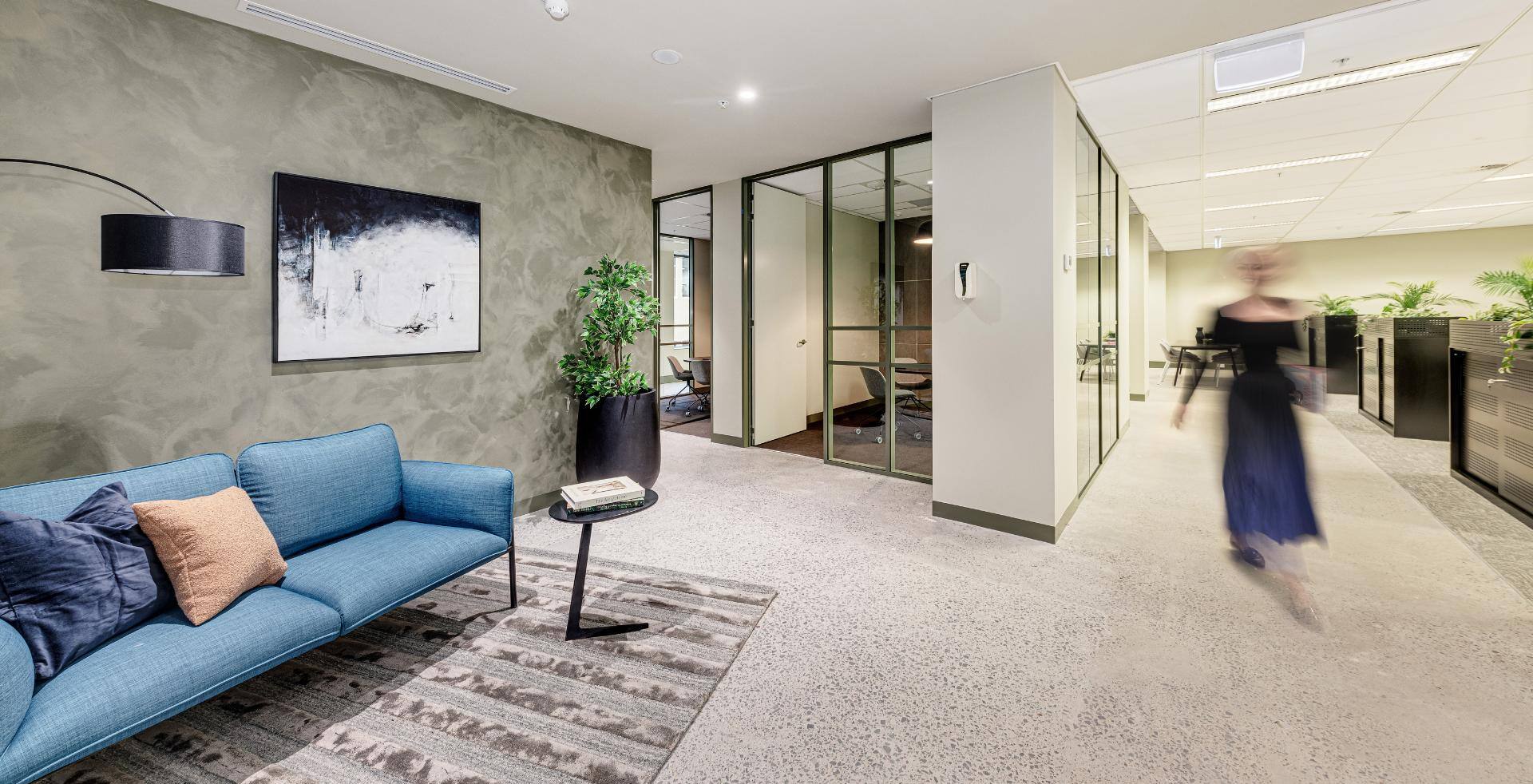
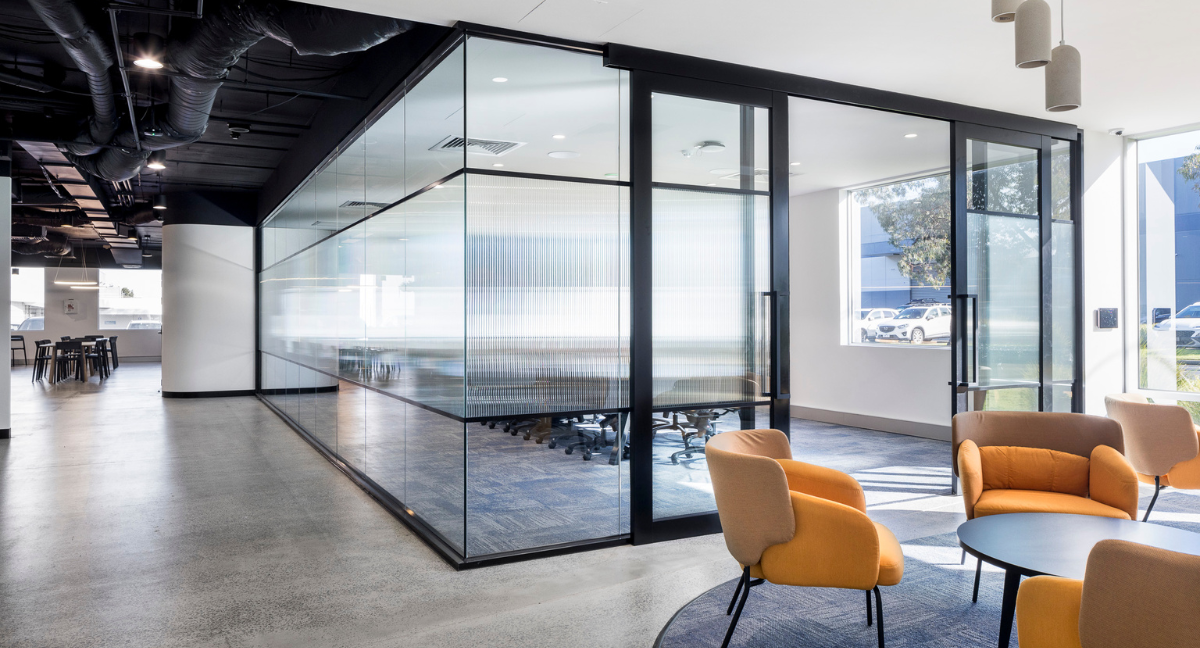
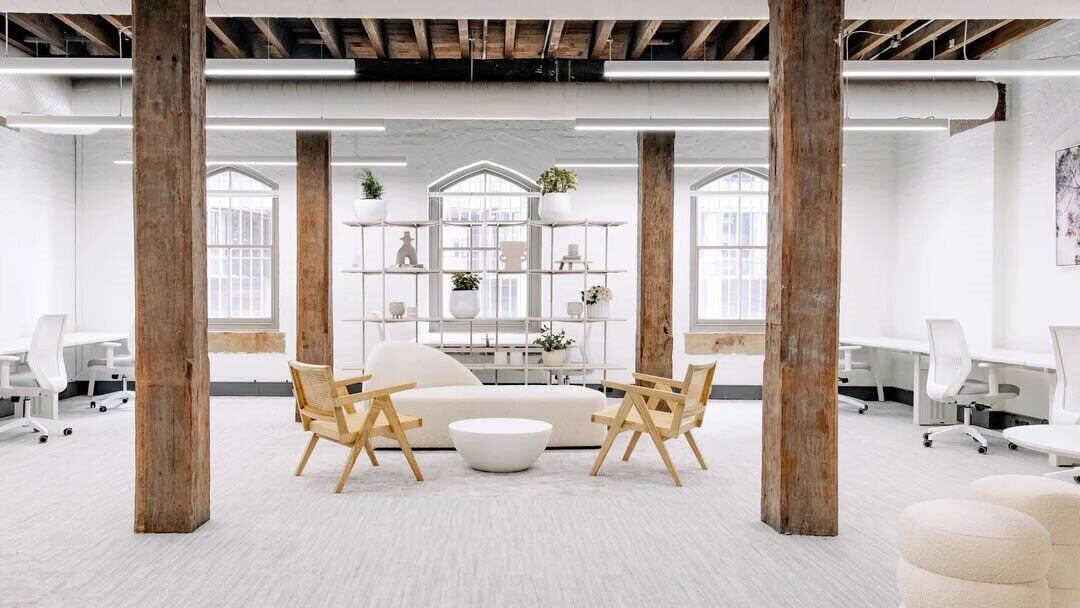
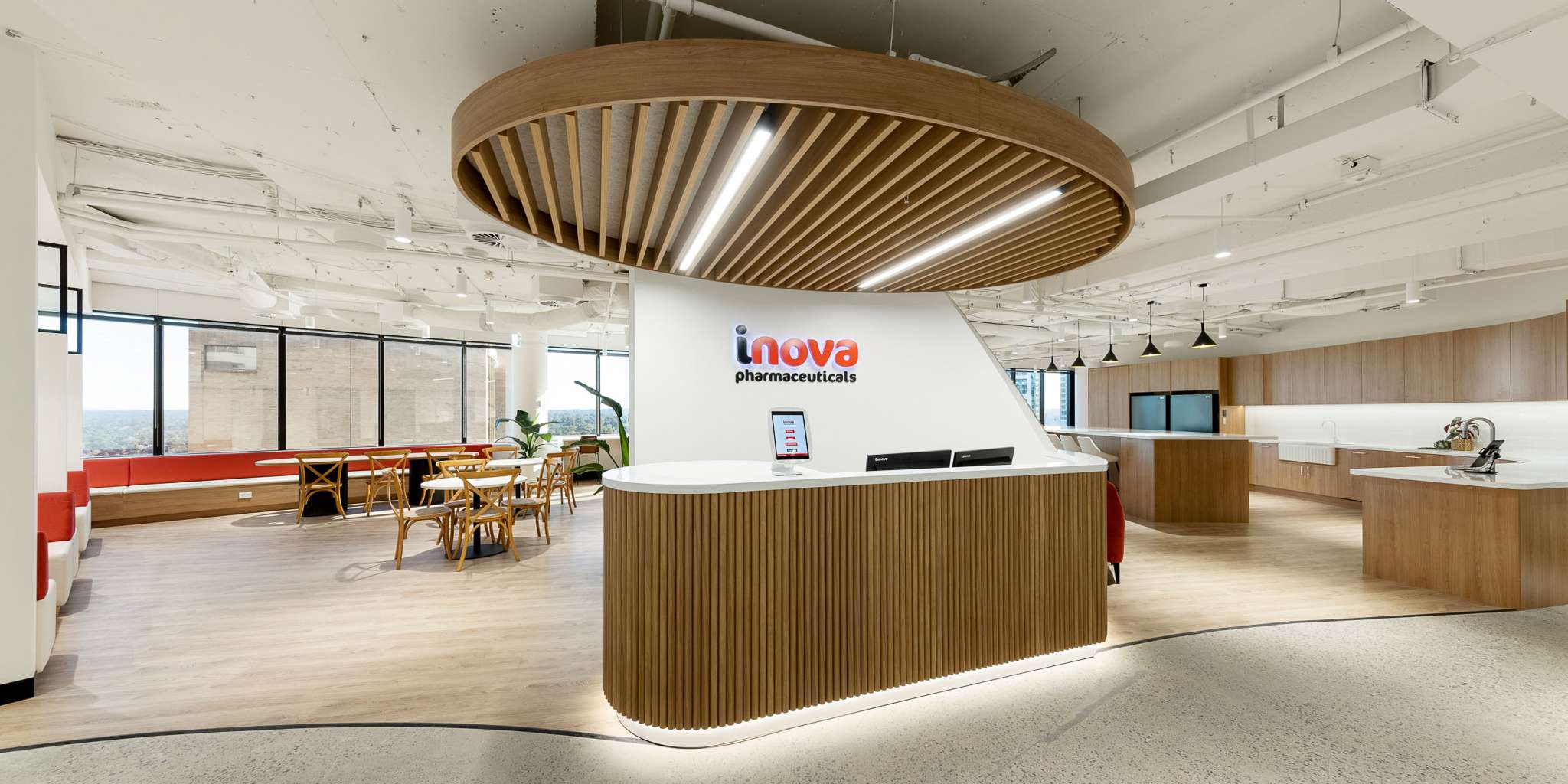
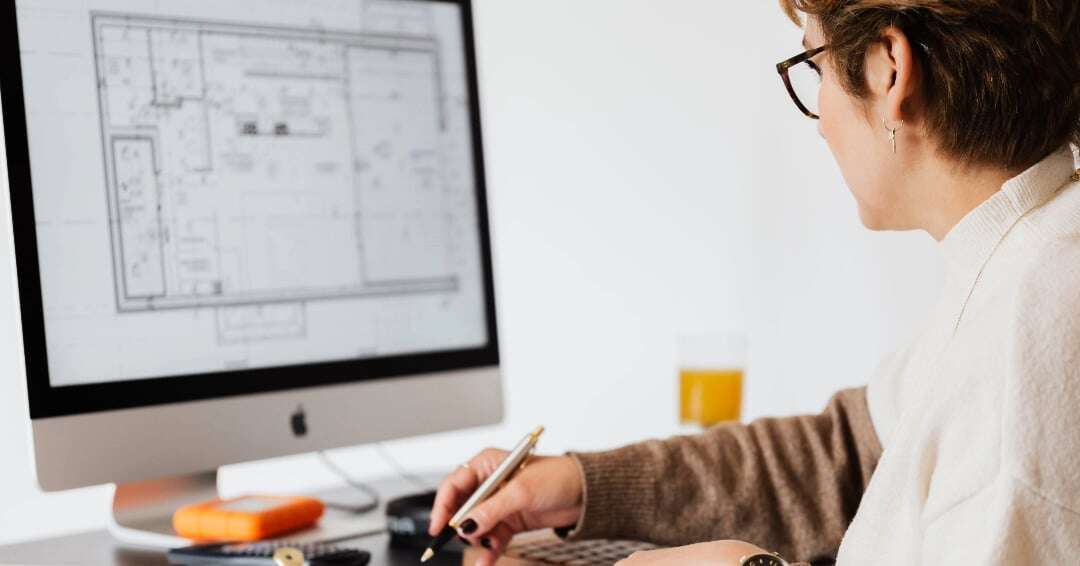
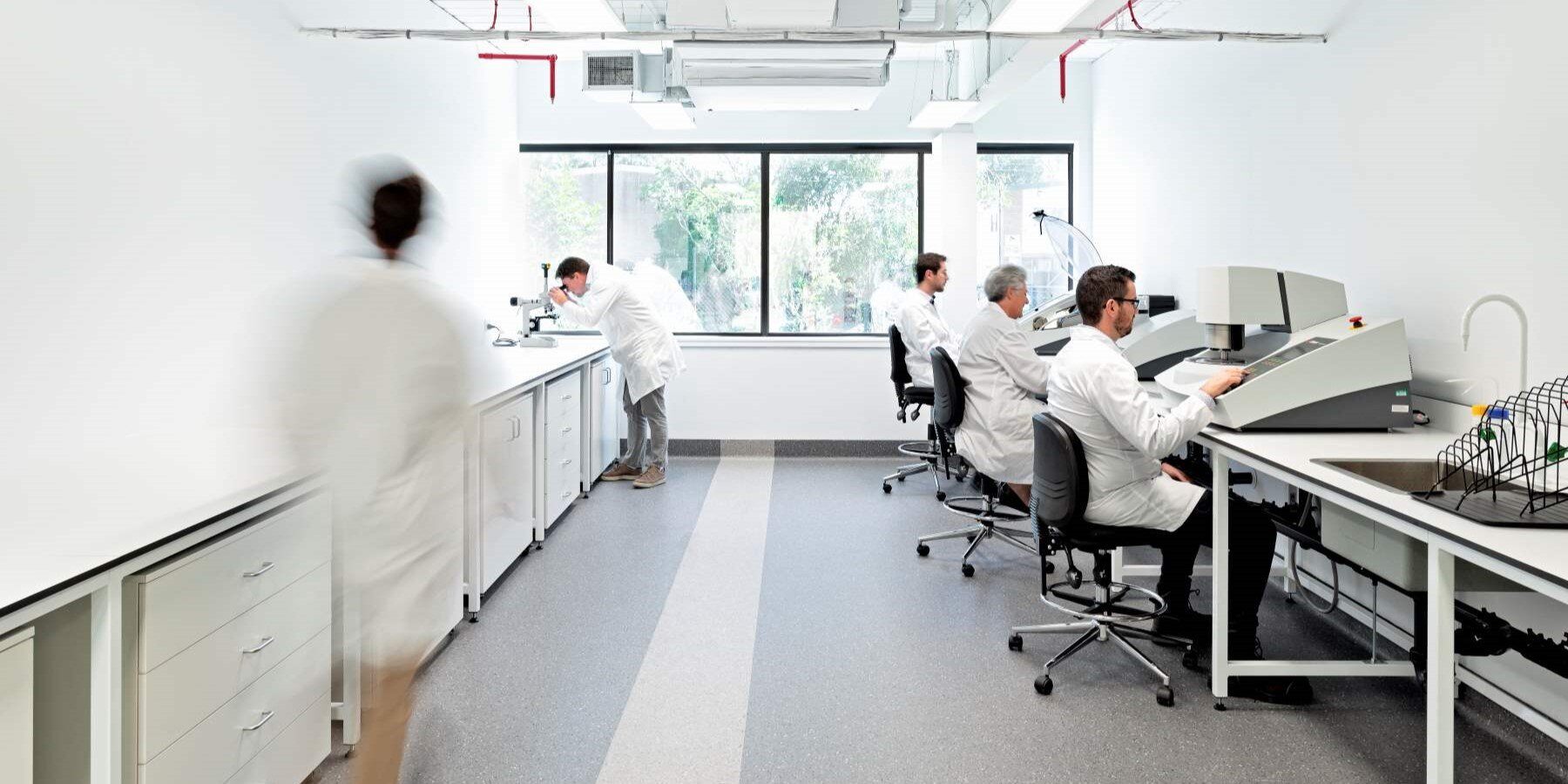
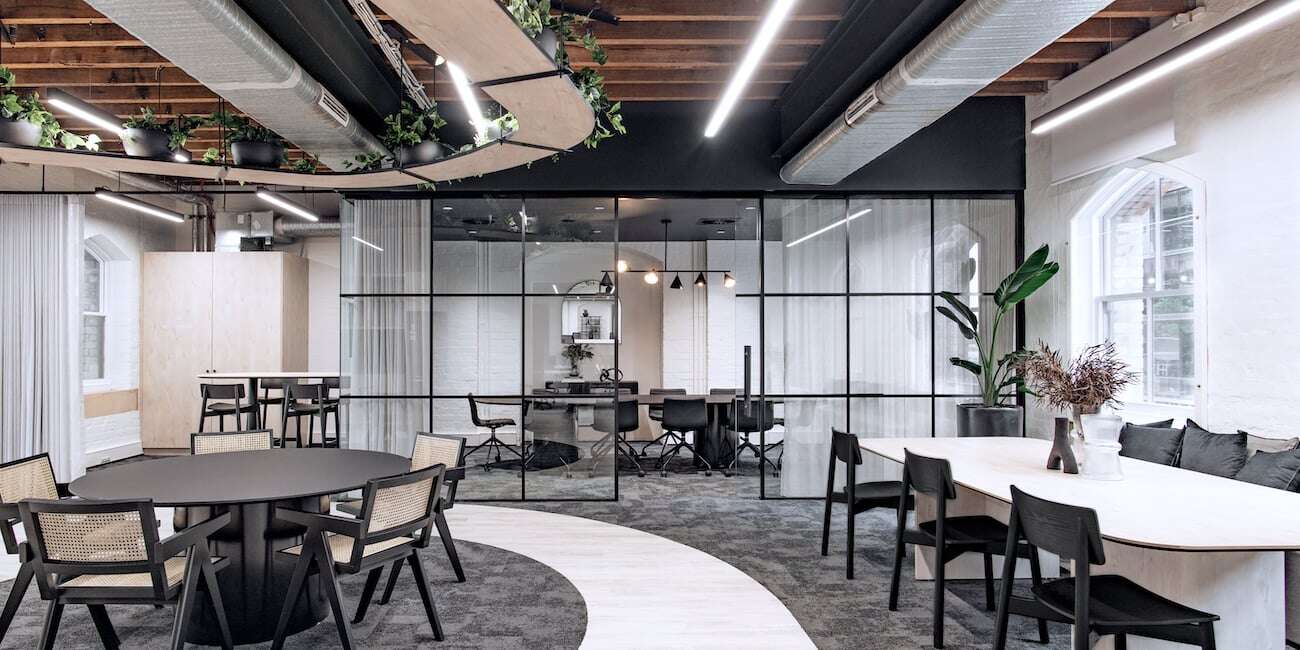
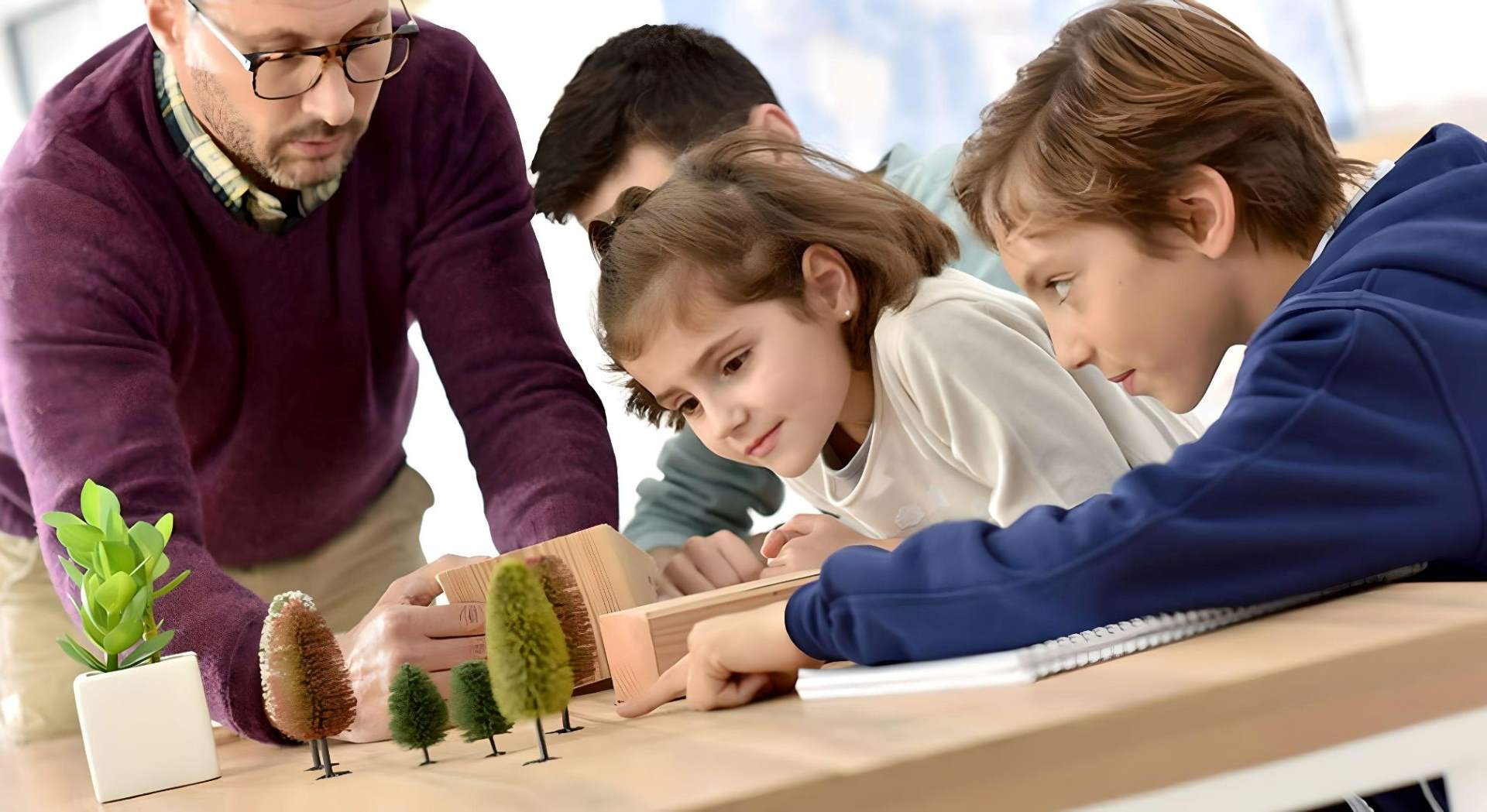
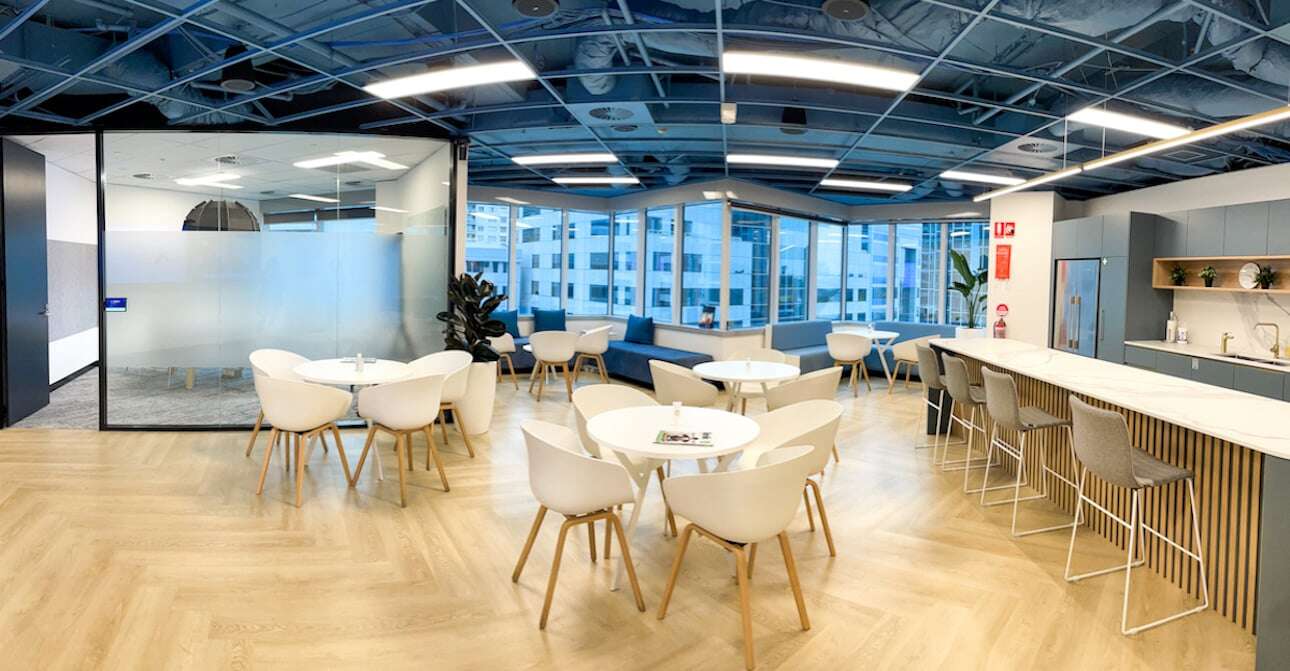
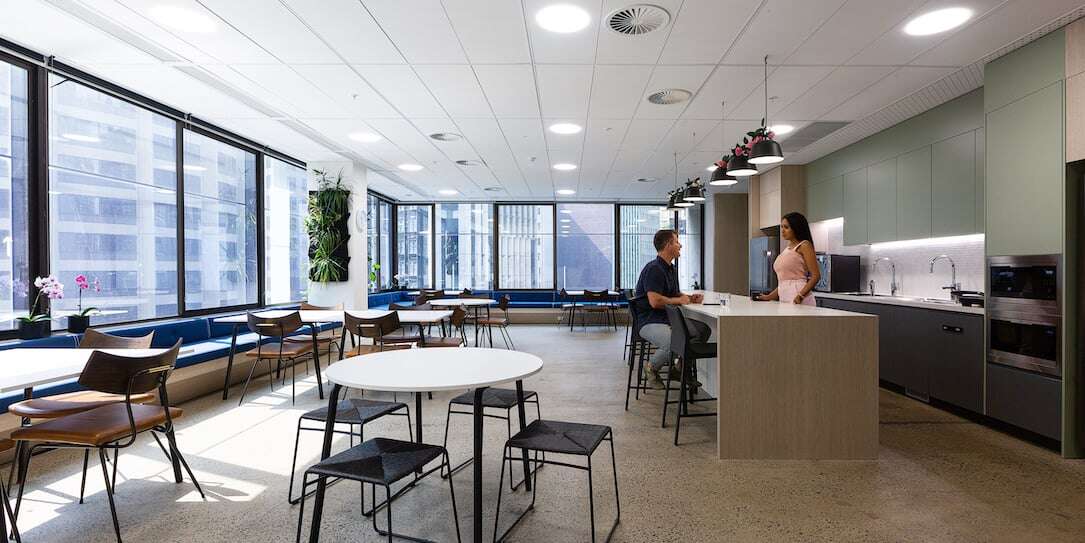
/Sectors/Office/contact-amicus.jpg)